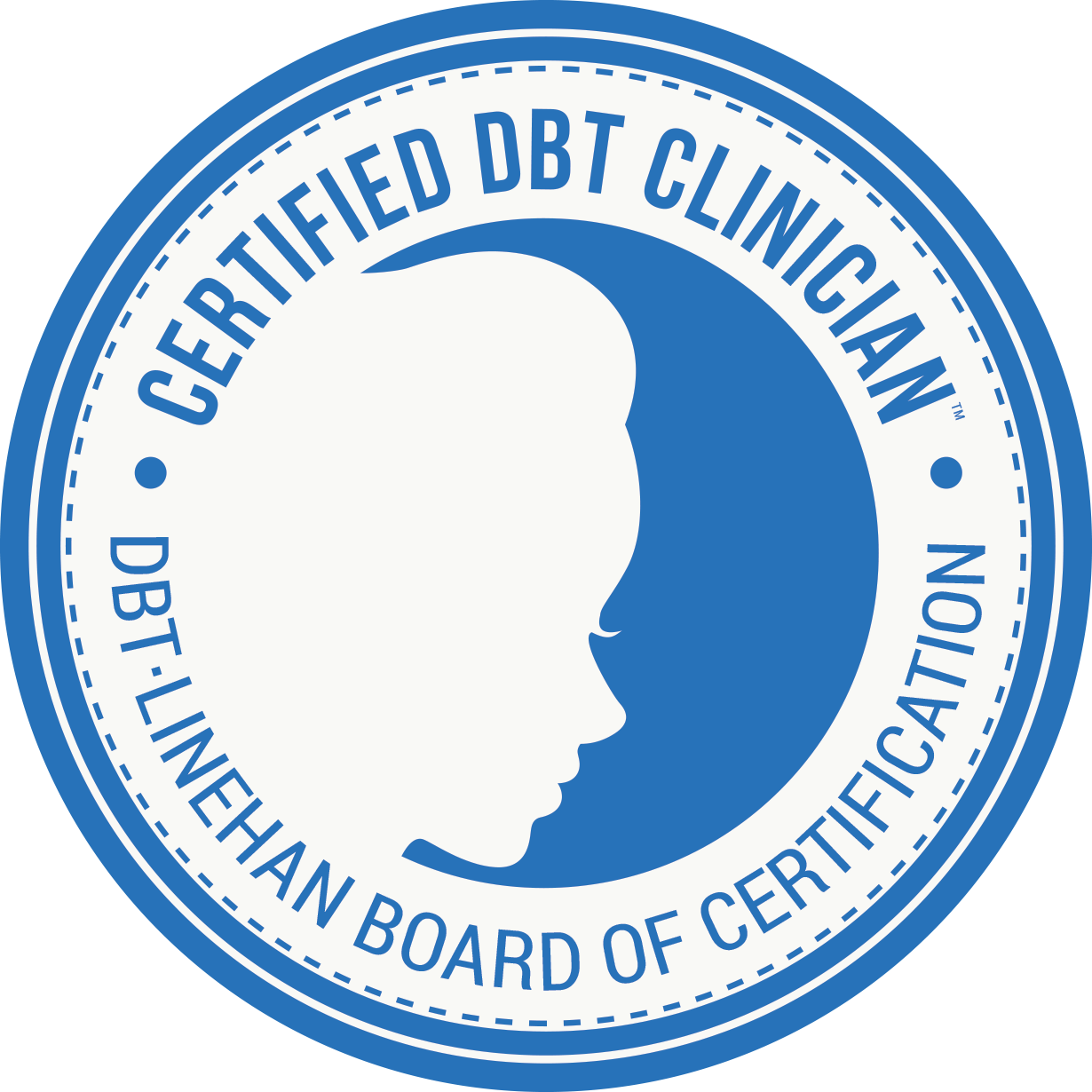Let’s dive into the common misconceptions about ADHD.
We’ve all heard the terms autism spectrum disorder (ASD) and attention deficit hyperactivity disorder (ADHD), but how much do we really understand them?
Unfortunately, these conditions are often shrouded in misconceptions. Let’s shed some light on these misunderstood minds and explore some enlightening facts:
- ASD is a Spectrum, Not a Monolith:
People with ASD experience the world differently, and their symptoms can vary greatly. Some individuals with ASD might be nonverbal, while others may have exceptional language skills. There’s no single “type” of ASD. - Not Just for Kids:
ASD and ADHD are lifelong conditions, and they can manifest differently in adults. Understanding these conditions can help us better support adults who might be struggling in their careers, relationships, or daily lives. - The “Gift” of a Different Perspective:
People with ASD often have incredible strengths, such as exceptional attention to detail, strong focus, and creative thinking. Understanding these strengths can help us create inclusive environments where everyone can thrive. - ADHD is More Than Just Can’t-Sit-Still Syndrome:
While hyperactivity can be a symptom of ADHD, it’s not always present. Many people with ADHD struggle with inattention, impulsivity, or time management. - Early Intervention Makes a Difference:
If you suspect someone you know might have ASD or ADHD, early diagnosis and intervention can be life-changing. Resources and support are available, and getting help can empower individuals with these conditions to reach their full potential.
By understanding ASD and ADHD, we can create a more inclusive and supportive world for everyone. Let’s move beyond the stereotypes and embrace the unique strengths and experiences of these often-misunderstood minds.
What are the stigmas of ADHD?
ADHD carries several stigmas, including:
-
“It’s just an excuse for laziness or bad behavior”
-
“Only kids have ADHD”
-
“People with ADHD just need to try harder or focus more”
-
“It’s caused by bad parenting”
These harmful beliefs can lead to shame, underdiagnosis, and a lack of proper support—especially for adults or women with ADHD, who often present differently than the stereotypical hyperactive child.
Why is ADHD so misunderstood?
ADHD is misunderstood because:
-
Its symptoms vary widely (e.g., hyperactivity vs. inattention vs. executive dysfunction).
-
It’s an invisible condition, so struggles aren’t always seen or believed.
-
Many still think of it as a childhood-only disorder, even though it often continues into adulthood.
-
Media portrayals oversimplify or mock it, which minimizes its real impact.
-
People confuse intelligence or creativity with “not having ADHD”, when many high-achievers also live with it.
What are the main controversies associated with ADHD?
Some of the key controversies include:
-
Overdiagnosis vs. underdiagnosis – Some argue ADHD is overdiagnosed, while others point to underdiagnosis, especially in women, people of color, and adults.
-
Medication use – There’s debate over the use of stimulants like Adderall or Ritalin, especially in children.
-
Misunderstanding of executive dysfunction – Many people see ADHD symptoms as laziness rather than neurological challenges.
-
Cultural and socioeconomic bias in diagnosis – Access to evaluation and support varies greatly depending on background and location.
What is ADHD commonly misdiagnosed as?
ADHD is often misdiagnosed as:
-
Anxiety disorders
-
Depression
-
Bipolar disorder
-
Learning disabilities
-
Behavioral issues or defiance (especially in children)
These conditions can overlap with ADHD, or mask its presence, making it difficult to get an accurate diagnosis without a thorough assessment.
CONTACT
LOCATIONS
Charlotte
Davidson
Huntersville
Concord
VIRTUAL SERVICES IN:
North Carolina
South Carolina
Florida
Vermont
Kansas
California
Arizona
Live Happier.
Love Deeper.
Start Now.


